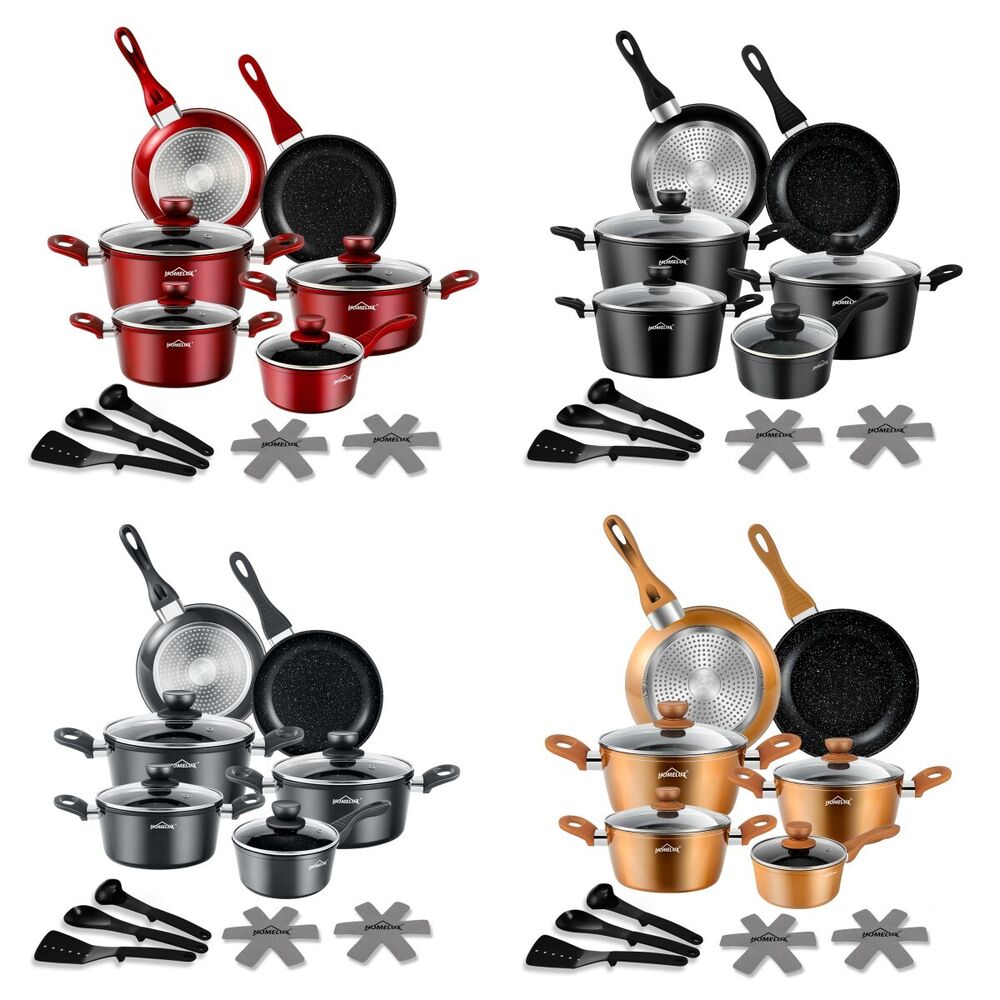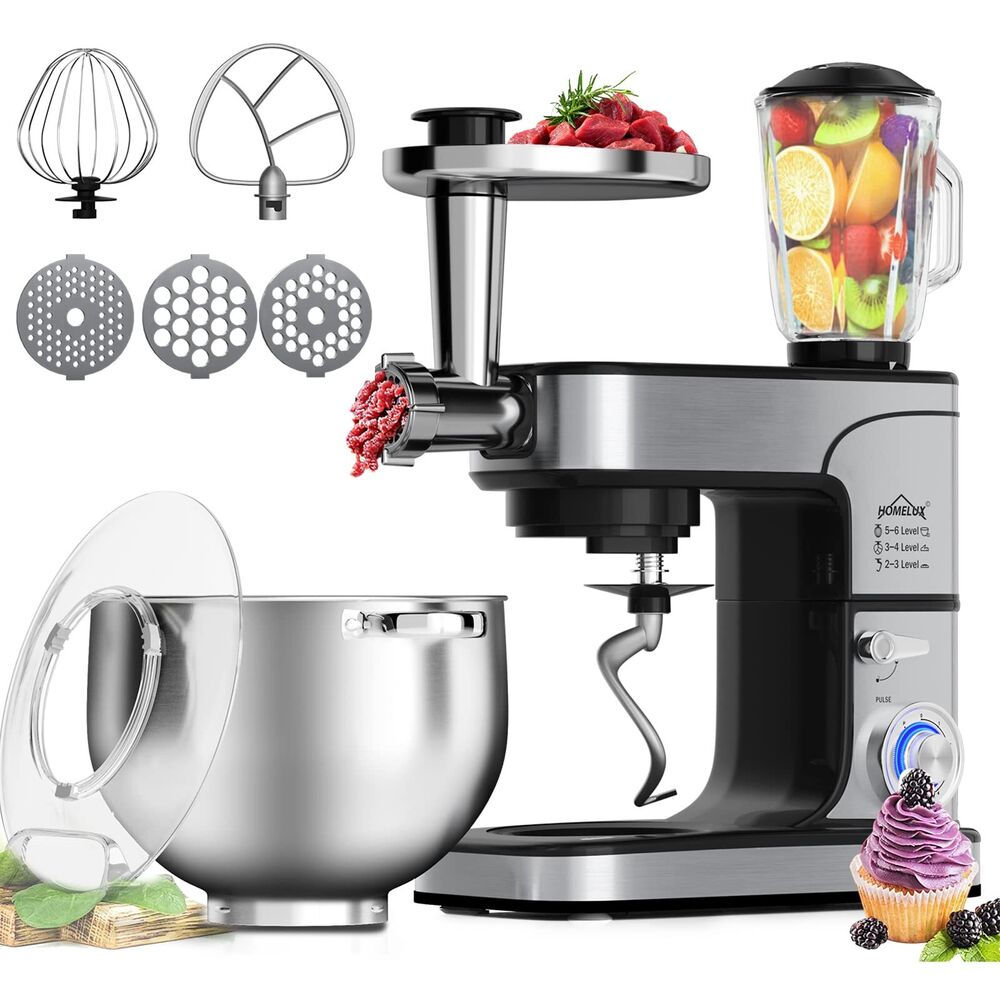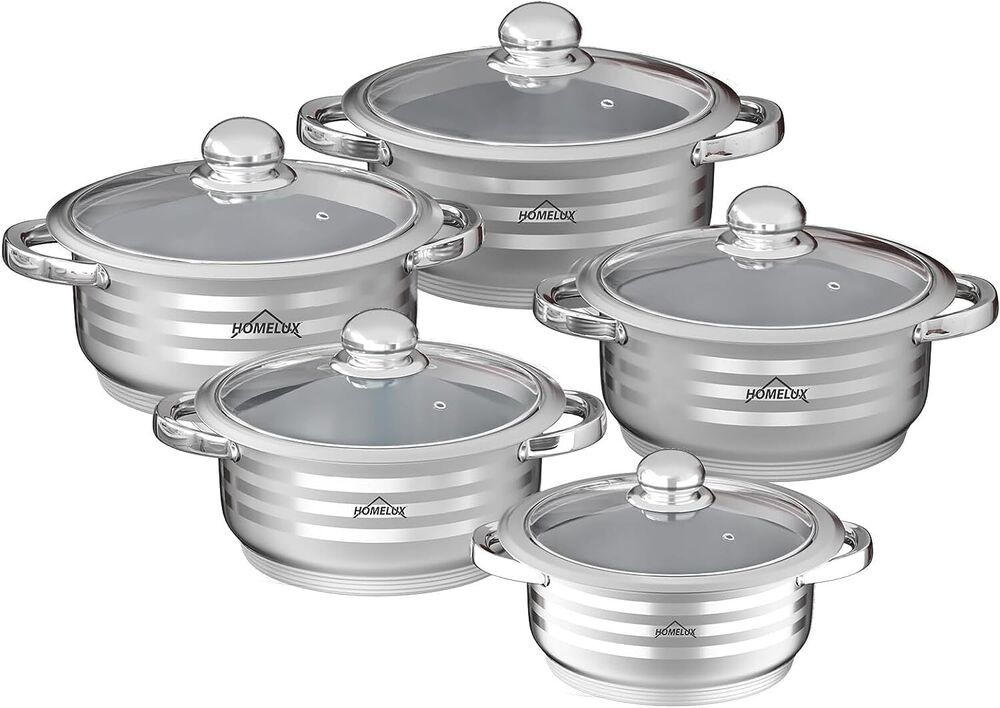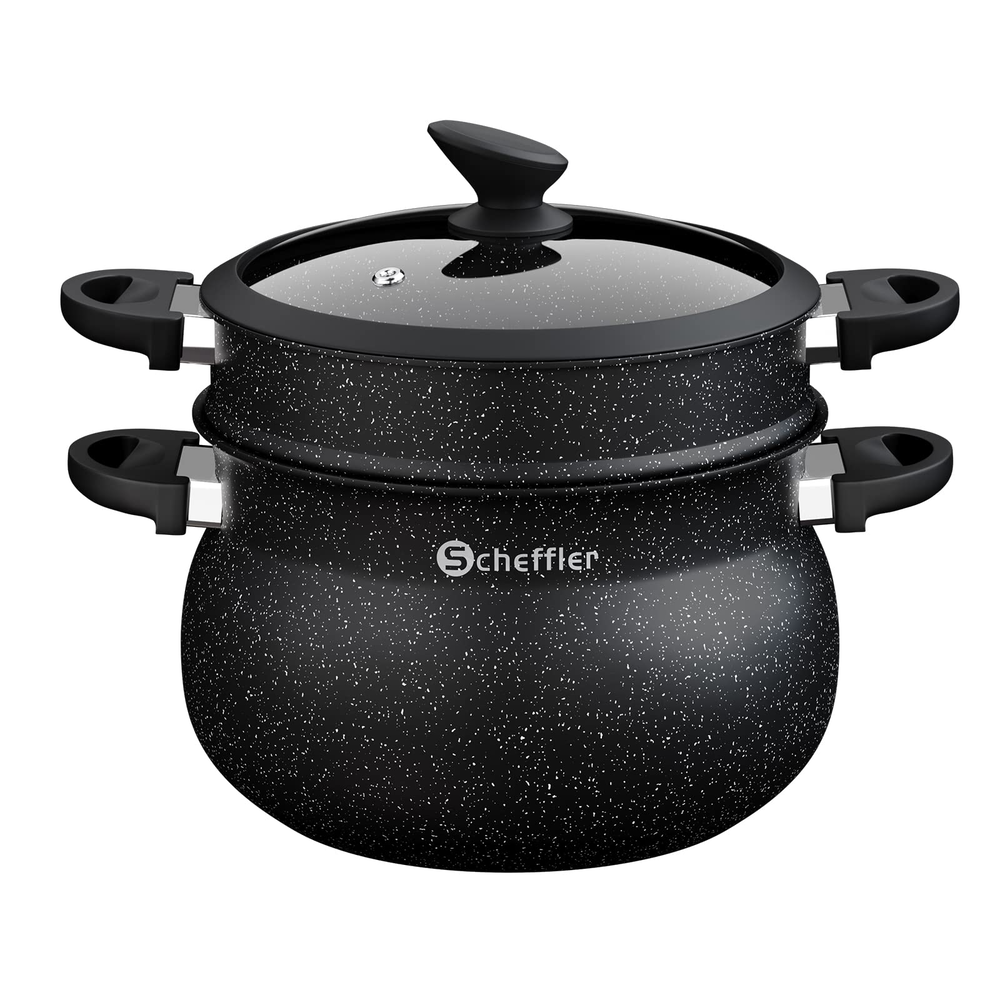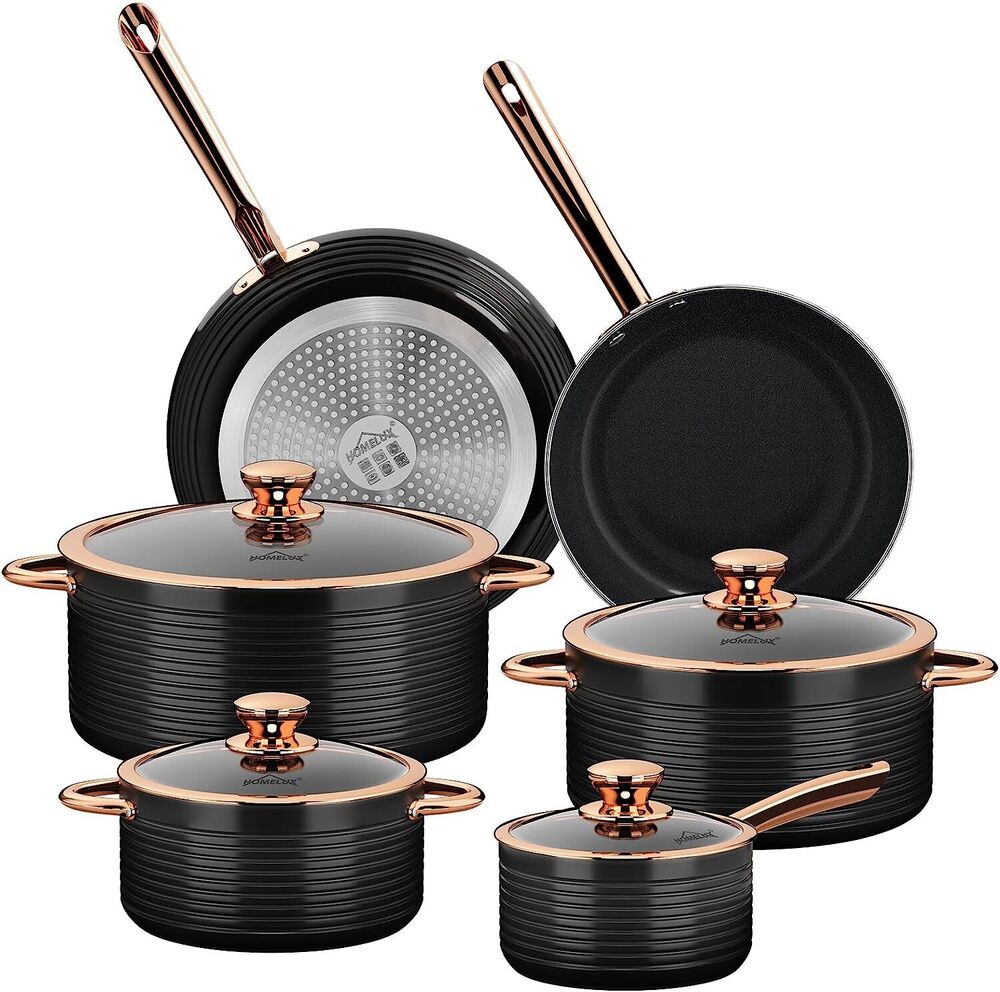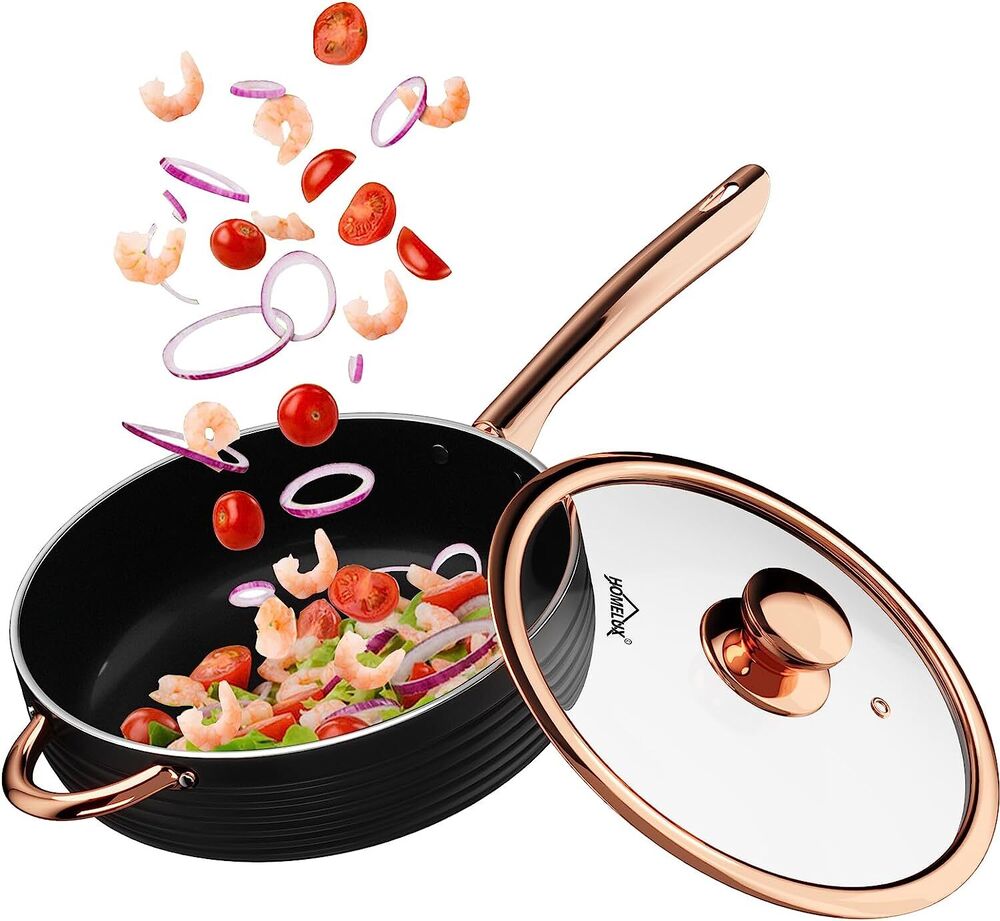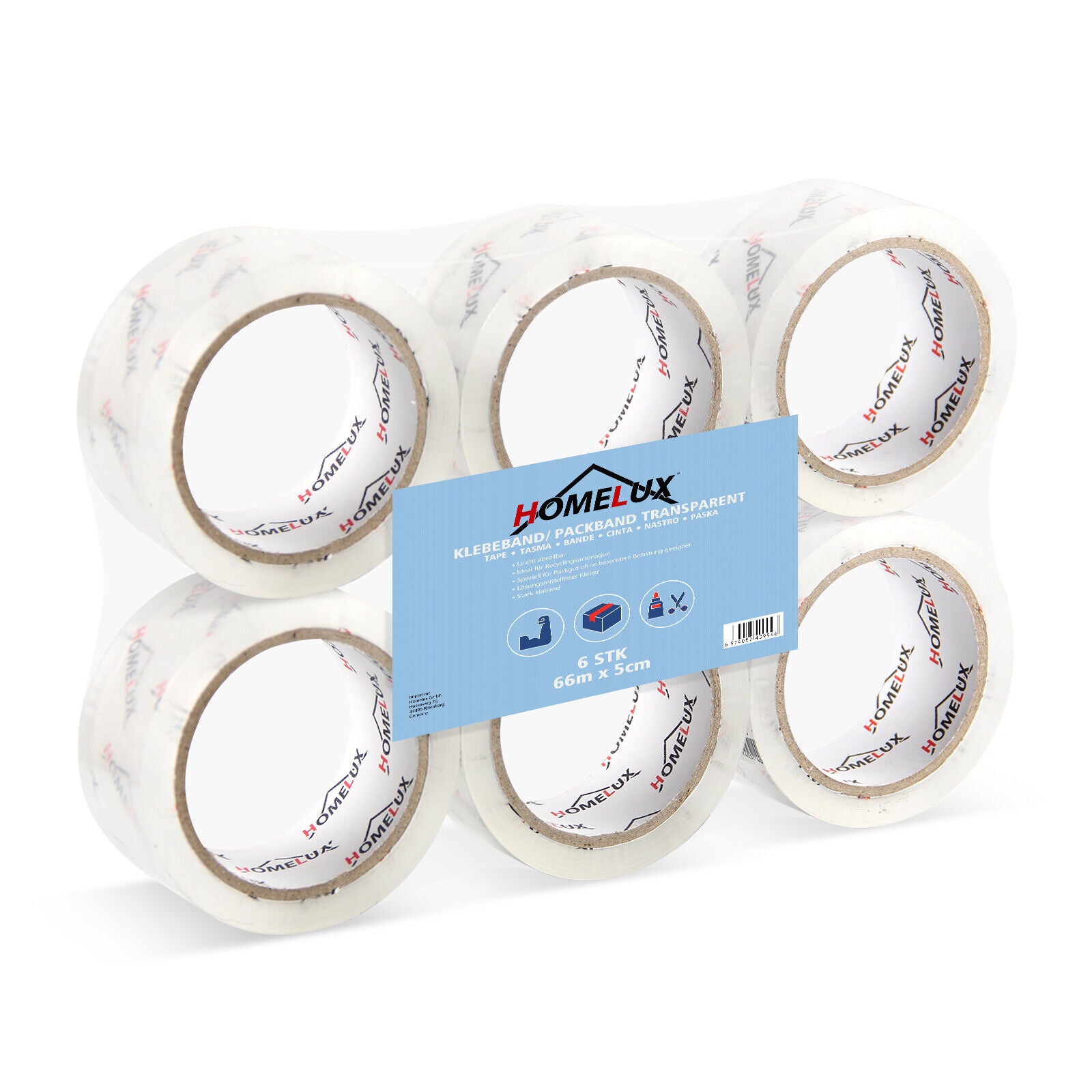The oldest, non-rotten foods in the world: A journey through the history of preservation
Humanity has always sought ways to preserve food in a long-lasting way to prevent spoilage and ensure access to food regardless of the season. In the history of food, there are some remarkable examples of foods that have survived intact for centuries. In this post, we will go in search of the oldest non-edible foods in the world and discover the secrets of their long shelf life.
The history of food preservation
Let's start with a brief discussion of the different techniques of food preservation, ranging from drying and salting to pickling and canning. Each method has its own advantages and disadvantages and has helped certain foods to be preserved for generations.
Mummification as natural preservation
Some of the oldest non-rotten foods are preserved through mummification. Mummification is a natural process that removes the water and air necessary for decay from food. An example of this is the mummies found in Egypt, where buried food was still intact.
Honey - The sweet gold of the ancients
Honey is one of the most well-known and long-lasting foods. Its natural composition of sugar, water and enzymes produced by bees makes it resistant to bacteria and mold. Archaeological finds have shown that honey over 3,000 years old was still edible.
Cream - The preserve of kings
Cream, which is made from milk, can also be stored for a long time, especially if it is preserved in airtight containers. Cream contains fats that repel bacteria and slow down esterification.
Salt - The Conservator of Civilization
Salt is not only a seasoning, but also a natural preservative. Its discovery and use have revolutionized food preservation. Salt keeps food from decaying and molding, which made it an important part of the diet in ancient civilizations.
Grain - The Seed of Eternity
Grains such as wheat, barley and corn can be stored for many centuries under certain conditions. The dryness and chemical composition of the grain protect it from decay and mold.
Meat - The canned food of the war machine
Certain canned meats, such as corned beef, also have a long history of preservation. Salting and cooking allow meat products to be preserved for many years.
Vegetable oils - the everlasting source of energy
Vegetable oils, which have a long shelf life due to their fatty acids and antioxidants, also have a long history of preservation. They can be stored for decades under controlled conditions.
Alcohol - The Spiritual Conservator
Alcoholic beverages such as wine and whisky can be stored for a long time due to their high alcohol content and fermentation. Some wines and whiskies are even deliberately left to mature for many decades.
Conclusion
The search for the world's oldest non-genetic foods is a fascinating journey through the history of human innovation and adaptability. It shows us how important food preservation was and is to humanity's survival strategies. With today's technologies and science, we have the opportunity to further develop these ancient techniques and shape the future of nutrition.

Q&A: Frequently Asked Questions
- Which foods can be preserved through mummification?
- Foods such as grains and dried fruits can be preserved through mummification if stored under the right conditions to prevent decay.
- How can honey last so long?
- Honey has a long shelf life due to its low water activity and high acid content. These properties prevent the growth of bacteria and mold.
- Why is salt so effective at preserving food?
- Salt draws water out of food, making it impossible for bacteria and mold to thrive. This helps keep food fresh.
- How long can you store grains?
- In dry and cool conditions, grain can be stored for many years. It is important to protect it from moisture and pests.



